Well it took a while to get time to take more pics, but here are the updated ones of my 100 gallon tank. The main thing to mention is that this tank is not for showing... it is for experimenting. Details are at the end of this post. There have been no waterchanges since August 2008. The only dosings are Mrs. Wages Pickling Lime in the top-off (for Cal and Alk), Seachem Reef Advantage mag, and Seachem Reef Advantage strontium. Feeding is 48 ml of skimmate... I mean... blended oysters, per day, 20 square inches of nori per day, and one silverside per week (for the eel). There are no mechanical filters, no chemical filters, and no sand. The only filters are the live rock (now 5 years old), and the algae in the scrubbers. The lighting is 2 X 150 watt halides, and one 96 watt actinic. The tank is 30 inches tall. Tests are Nitrate and Phosphate = 0 (Salifert), pH = 8.3 to 8.6, and the water is contantly filled with food particles.
To see big pics, right-click and "view image":
High-Res: http://www.radio-media.com/fish/Oct2010Tank.jpg
Videos:
Whole Tank:
http://www.youtube.com/watch?v=xUl8FIQAxr0
Tank Right to Left:
http://www.youtube.com/watch?v=58pOisX2vSs
Eel Eating:
http://www.youtube.com/watch?v=kDZtHf-xXCc
Flower Pot:
http://www.youtube.com/watch?v=MMdllQSKU2c
Frag Tray:
http://www.youtube.com/watch?v=AtvF0ZbVX7w
Liquid Feeder:
http://www.youtube.com/watch?v=iOIx09XWYCo
Tube Anemone:
http://www.youtube.com/watch?v=p7TnVm19td4
Here were the main experiments:
Iron Overdosing: I tried adding an iron supplement for many years, but never saw any affect. I always followed the instructions, such as Kent's Iron+Manganese "Add two teaspoons per 100 gal, per week". It had no visible effect. But after I started to read the literature about algae and iron, and after I realized that I now have much more algae in my system that the average tank does, I went out on a limb and poured in 8 ounces of Kent's. This is 24 times the recommended dosage for 100 gallons. But I reasoned that it's not the gallons that matter, it's the amount of algae. And it worked. The algae in the scrubber, that previously was yellow and hard (due to lack of iron), turned solid green and fluffy. Growth was much faster that week too.
So if more was better, much more should be much better. So I poured in a HALF GALLON of the Kent's. This is 225 times the recommended dosage, and over 9 times more than what I put in before. This was the biggest mistake I've made yet on this tank (coral-wise). Within a few hours, both of the bubble corals shrank up to nothing, and started letting pieces go. The next day, my 3 year old 5" litho was half gone. And by the end of the week about 30 of my 60 corals were completely wiped out. Iron was even beginning to deposit on the inside of the tubing that feeds the scrubbers. Well, I never did a waterchange, and things have gone back to normal, but now I know the power and the problems of adding iron. The more algae you have in a system, the more iron it can use; but don't add too much. How much is too much? The green soft corals (like a green bubble) seem to be affected first, so watch those.
Over Feeding: When my scrubber (only one unit at the time) was basically not filtering at all (before I knew about pumps clogging, and lights getting weaker), I increased feeding to 128 ml of skimmate... I mean blended oysters... per day, along with 5 frozen cubes per day, and one silverside per day. No waterchanges of course. So with this high level of import, and with almost no export, nuisance algae began to explode in the tank. I must say, the few SPS I had really grew at that time. The over feeding made up for the small 150 watt halides in a 30 inch tall tank.
Non Feeding: After realizing the non-flow in the scrubber (due to the clogged pump), and the worn out lights in the scrubber (should have been replaced 9 months earlier), I got the export back into operation. But to speed up the removal of the nuisance algae in the display, I stopped all feeding for 2 months. No blended oysters, no nori, no cubes, nothing. Only one silverside for the eel, but only every 2 weeks. Well, another big lesson learned: If corals have been growing based on high amounts of food in the water, they cannot survive on less. In other words, if the food in the water was always low, the corals would not have developed a need for food. But since they were fed large amounts of food for a while, they grew and needed those large amounts at all times. When the feeding was stopped, I lost about 4 corals in the first 4 weeks, and another 10 corals in the next 4 weeks.
So the pics you see are what's left after the iron, the over feeding, and the non-feeding. I don't recommend these tests for anyone else; I did them so that I would be able to recommend safe feeding and filtering methods for others.


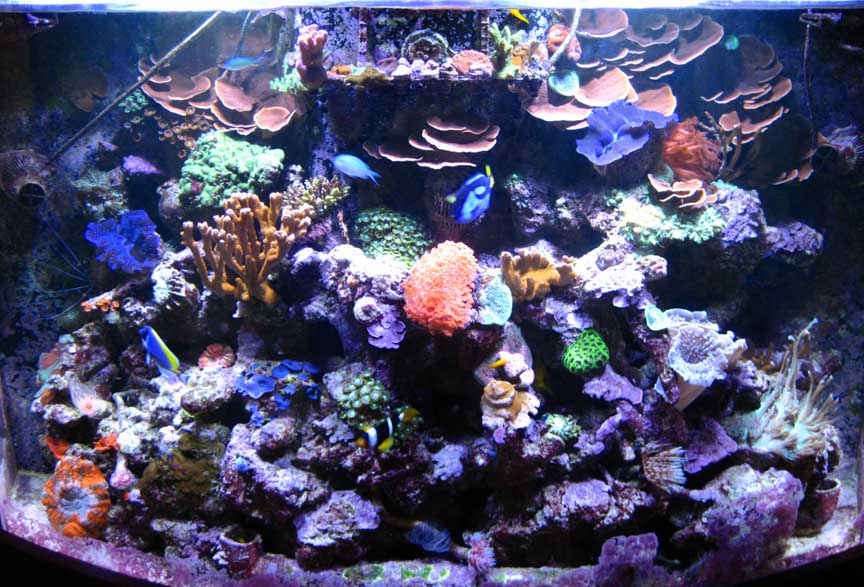
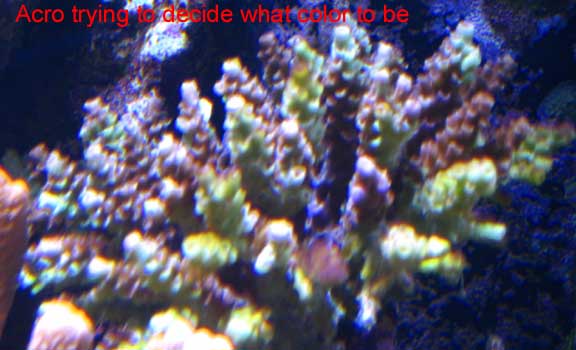
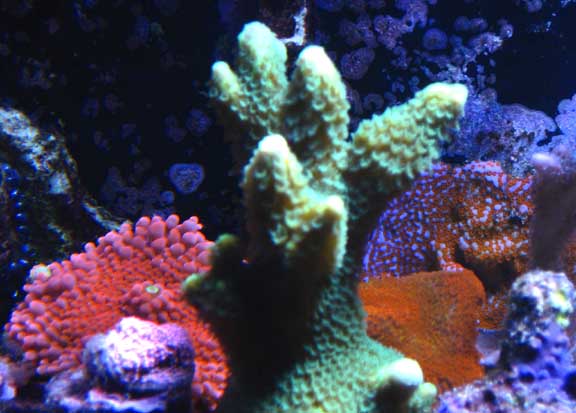
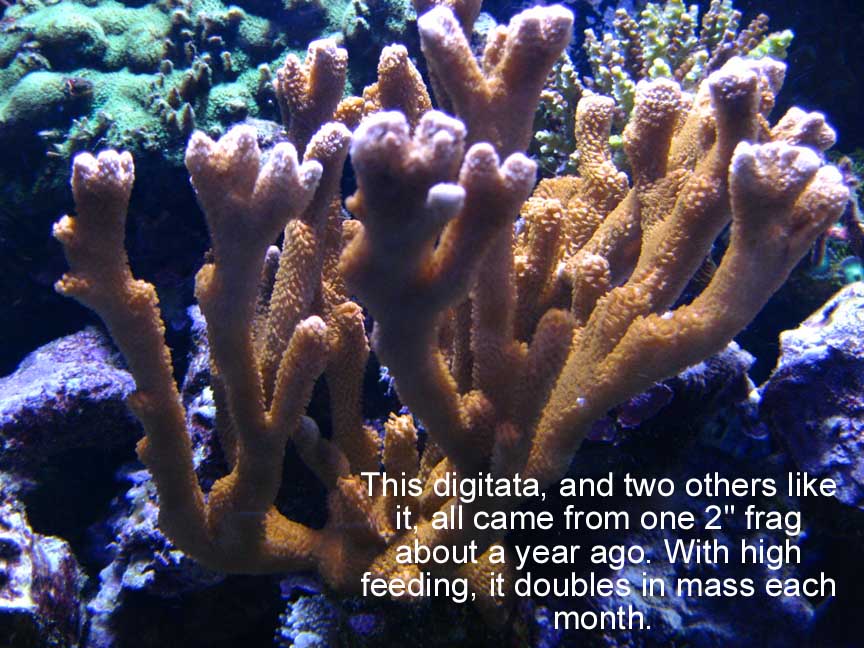
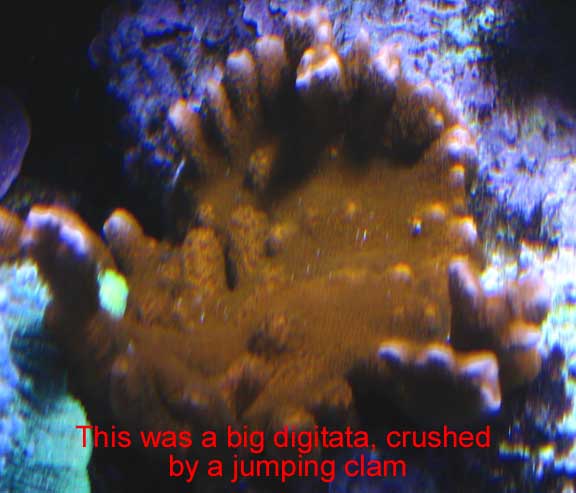
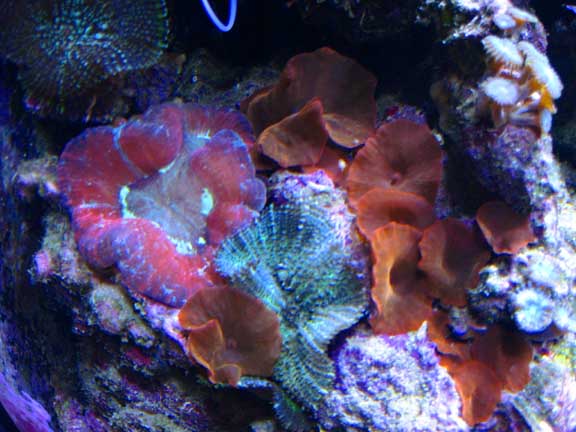
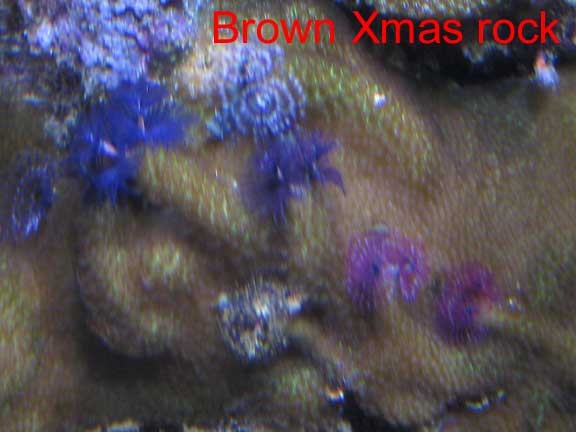
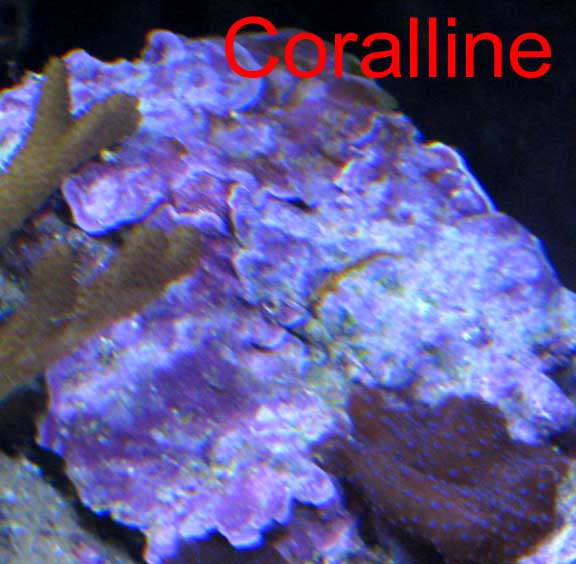
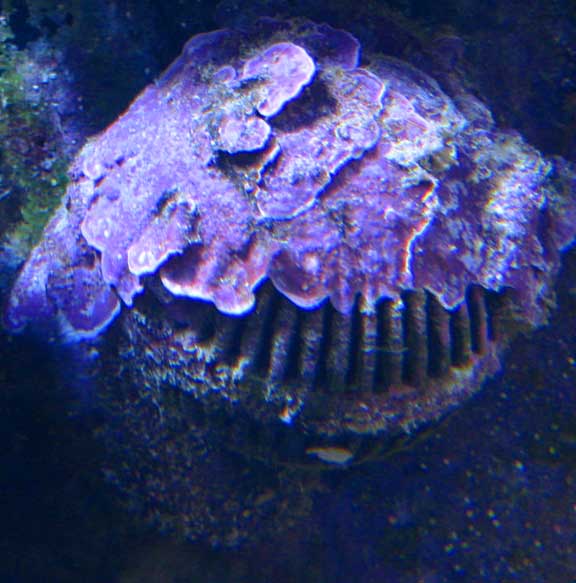
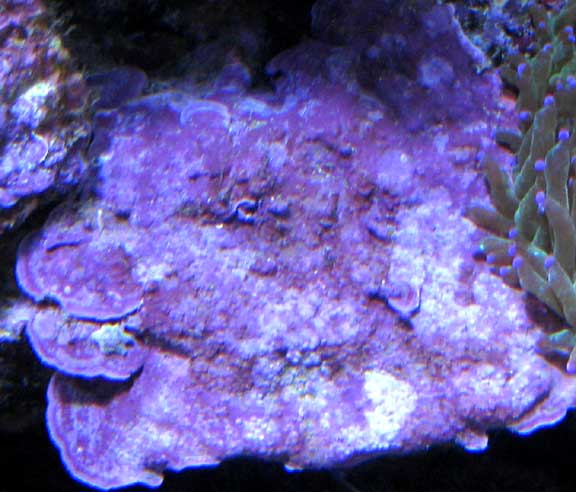
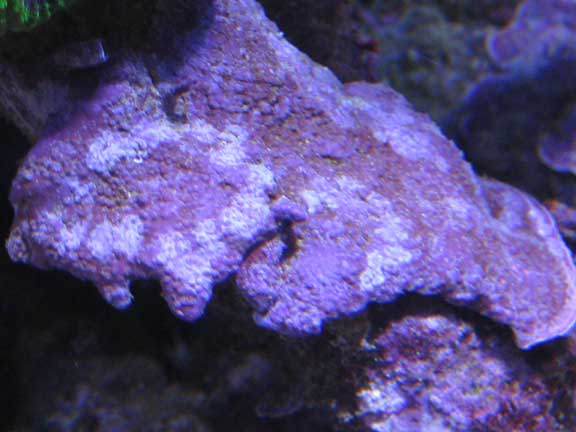
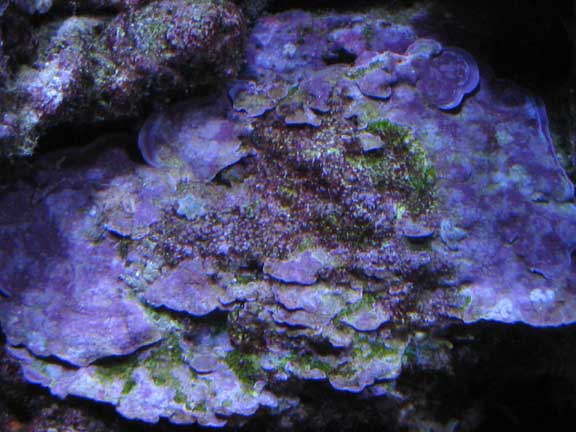
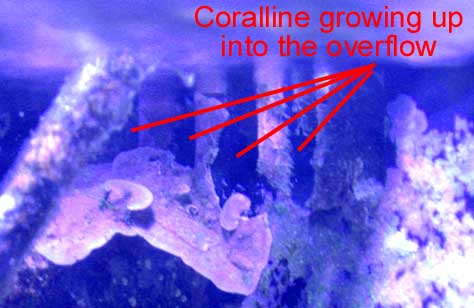
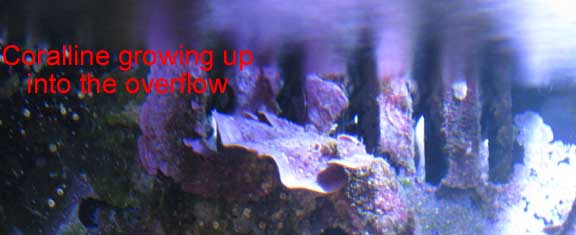
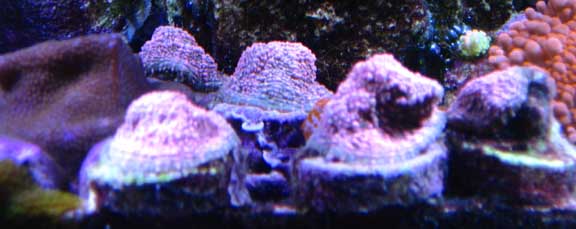
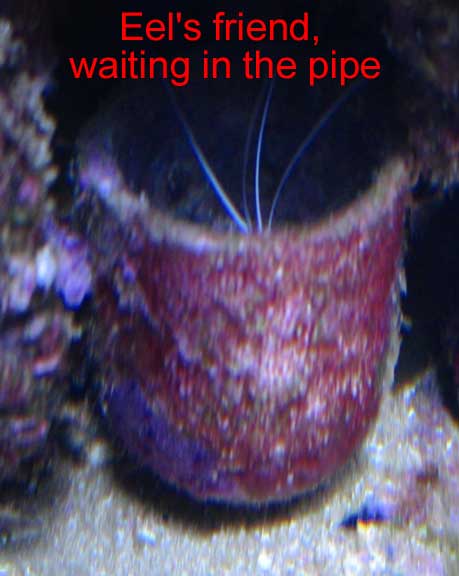
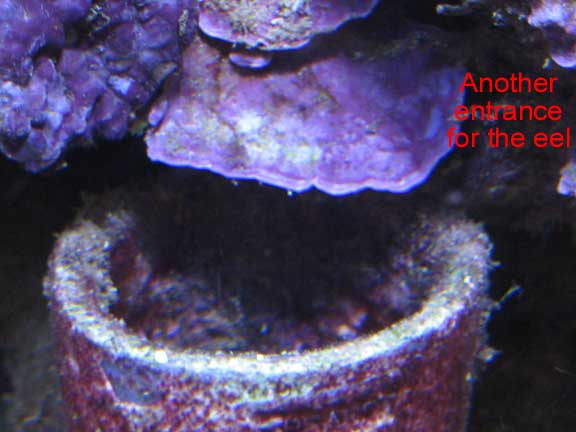
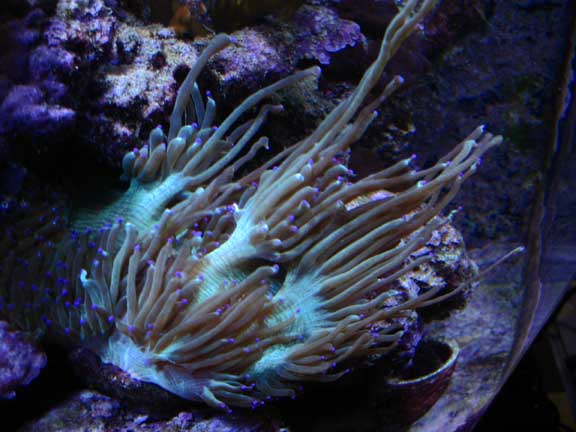
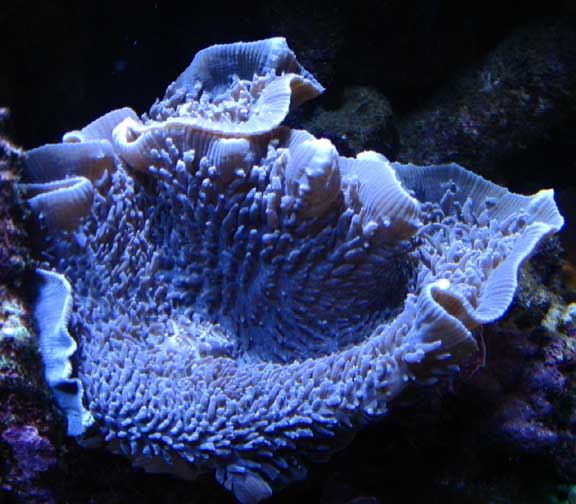
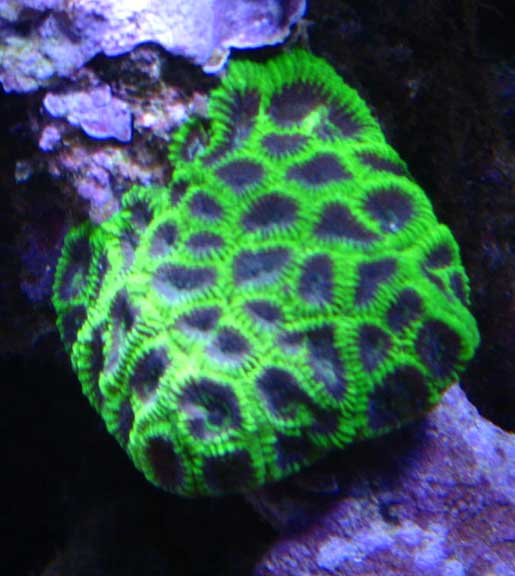
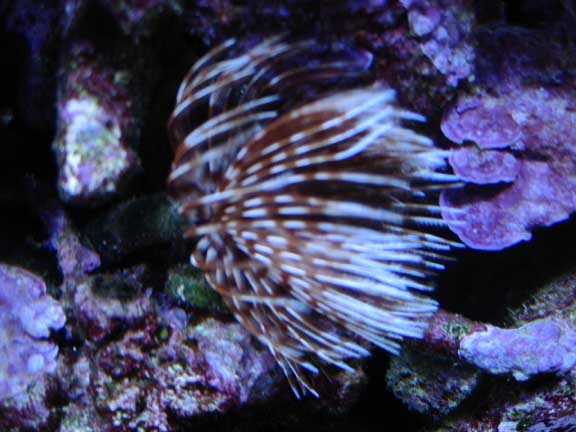
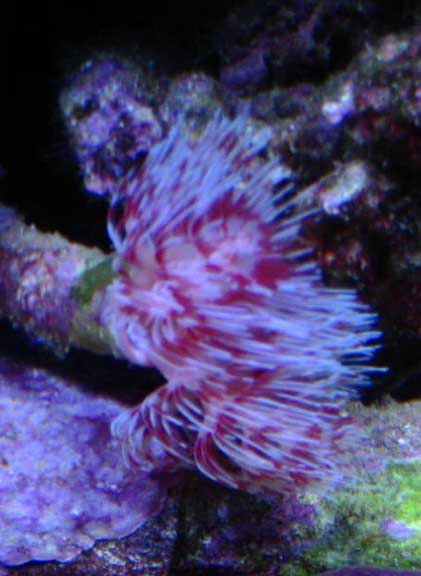
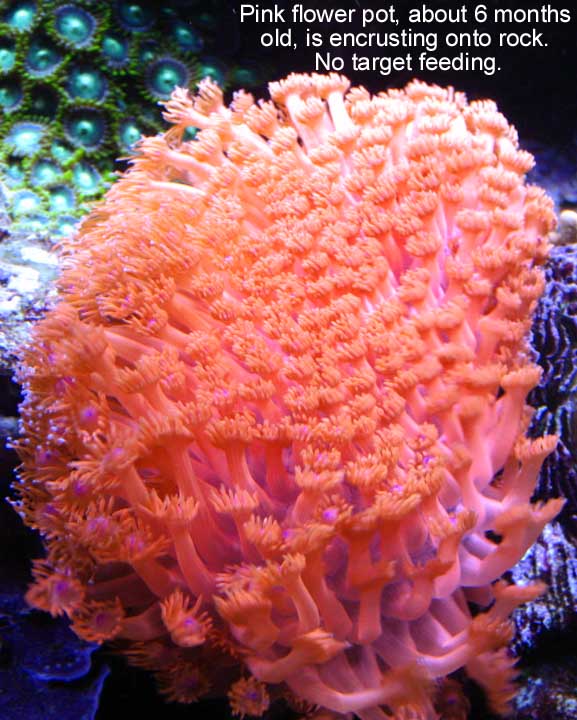
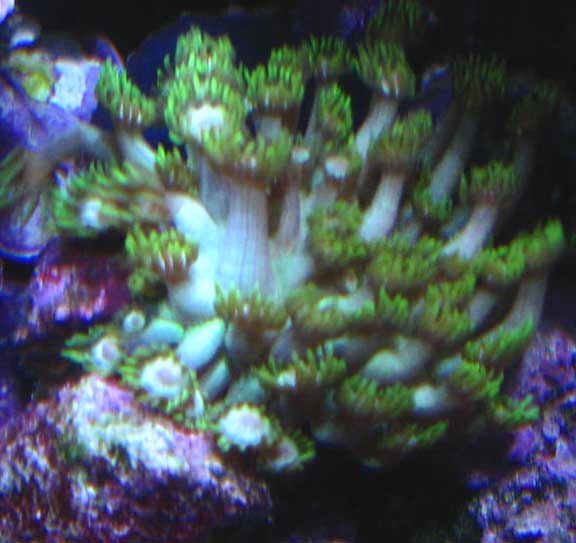
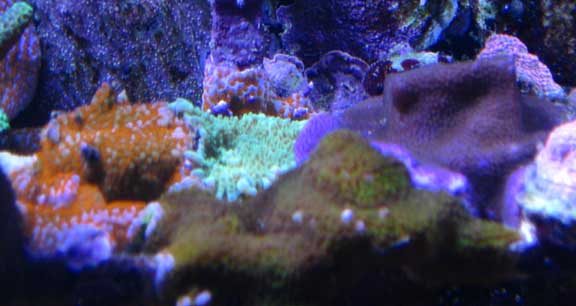
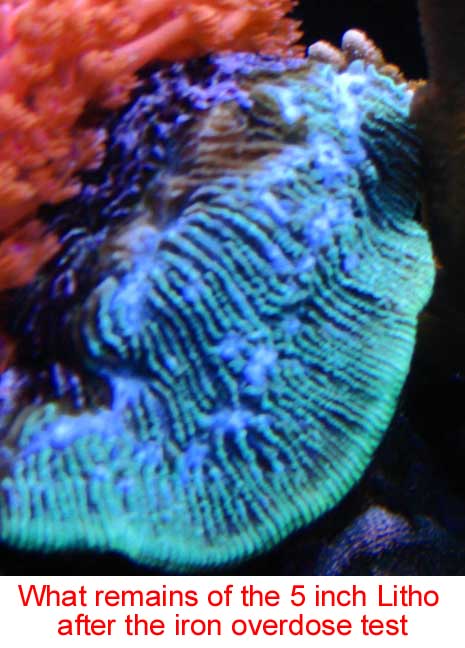
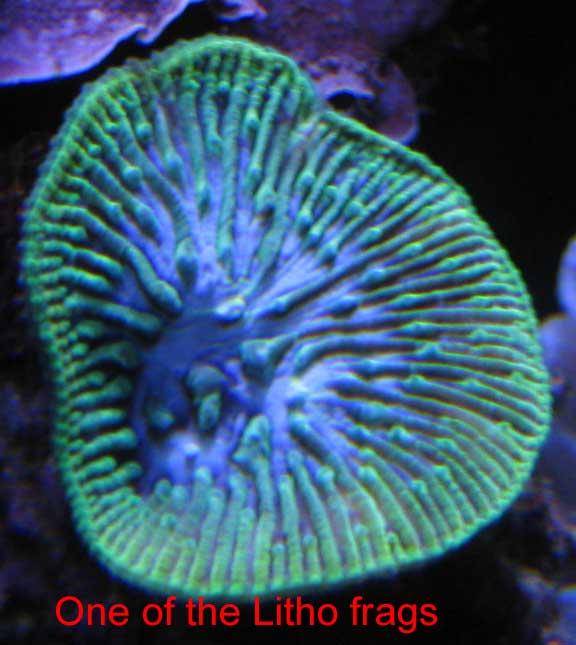
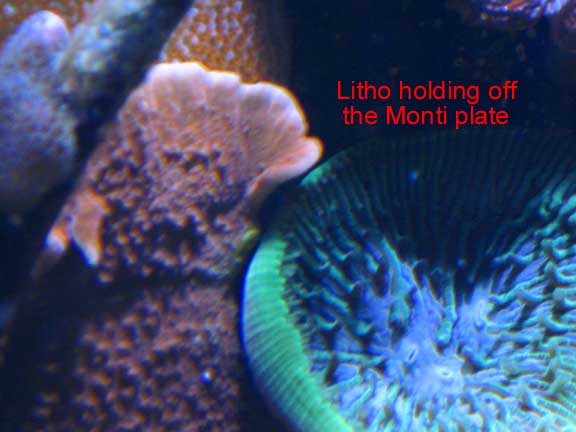
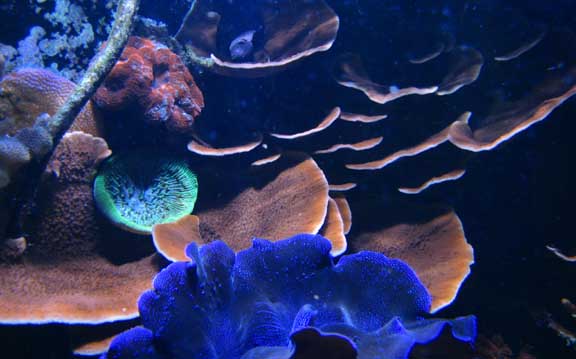
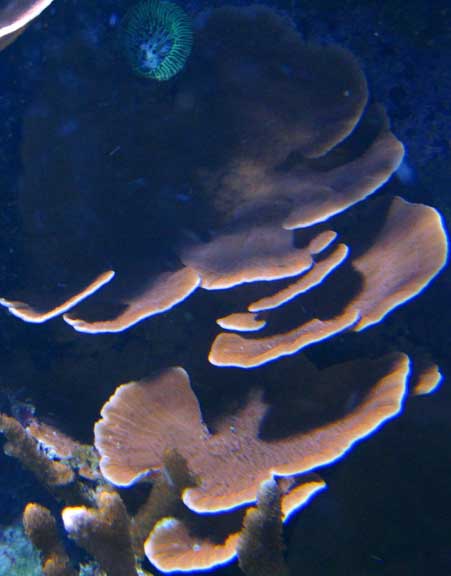
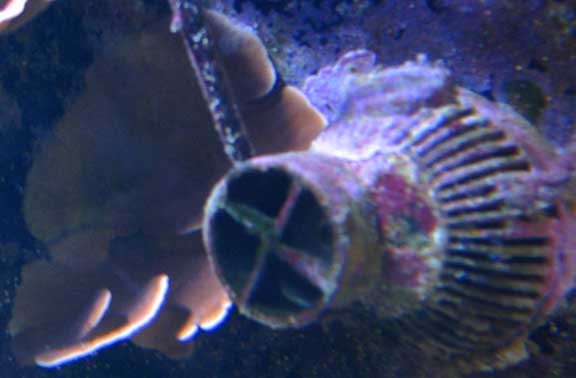
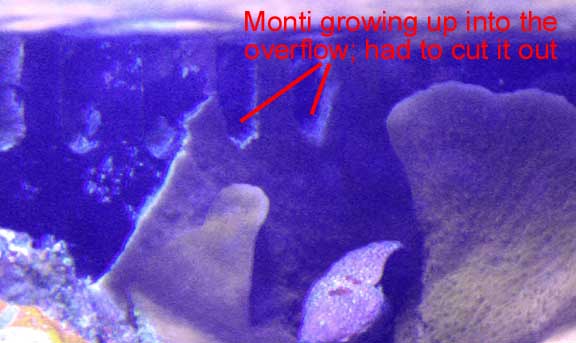
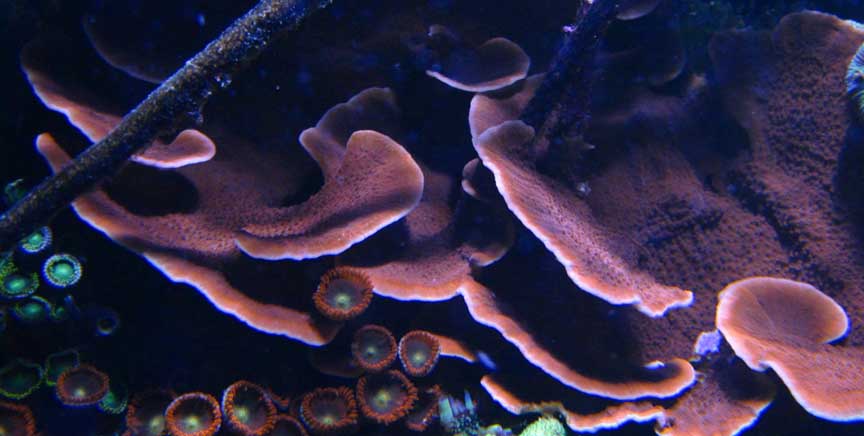
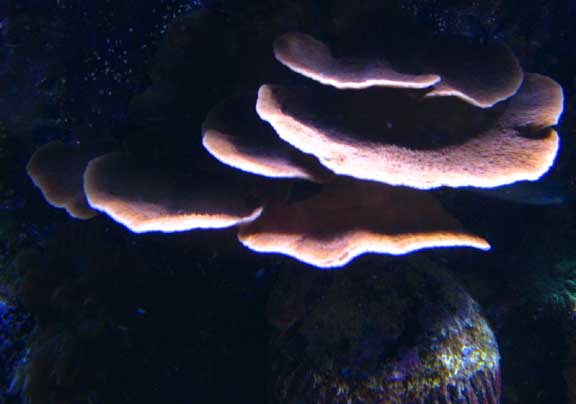
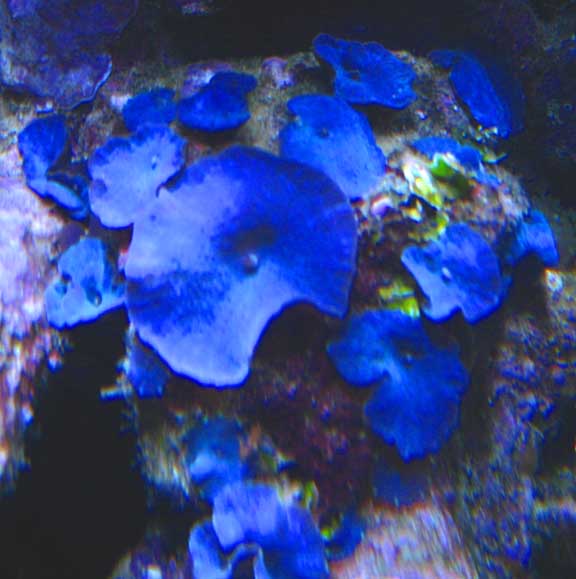
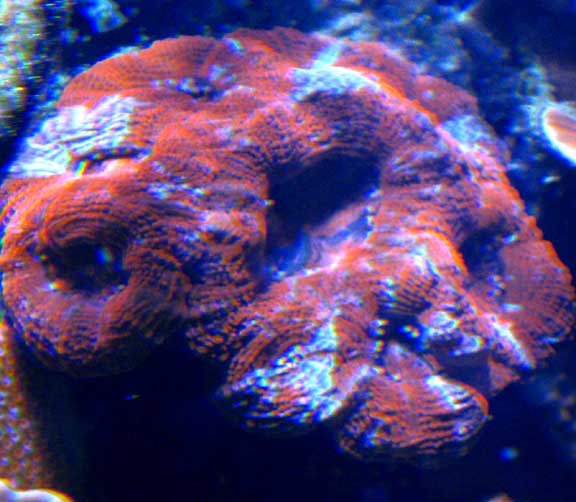
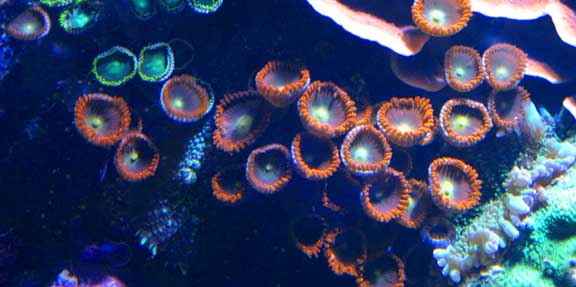
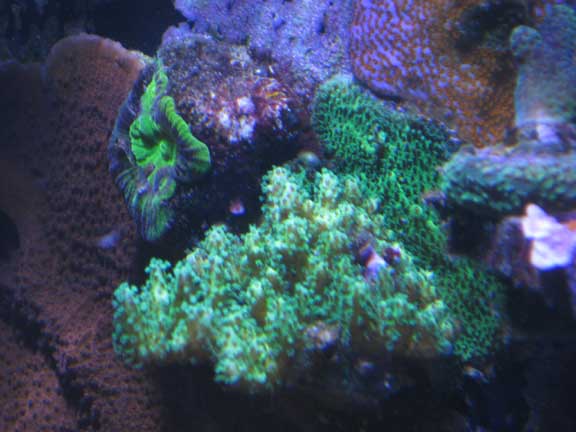
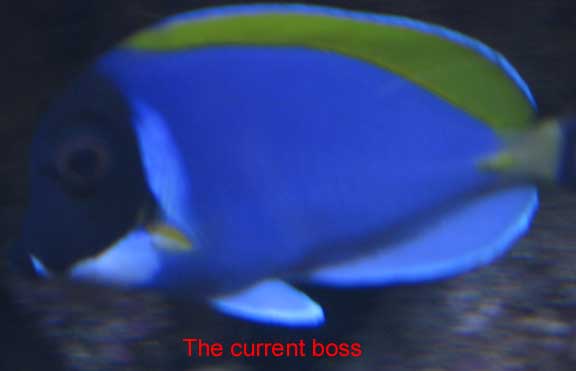
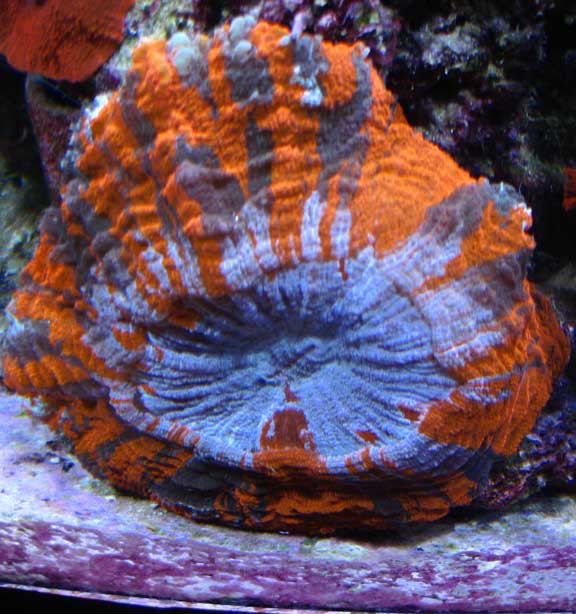
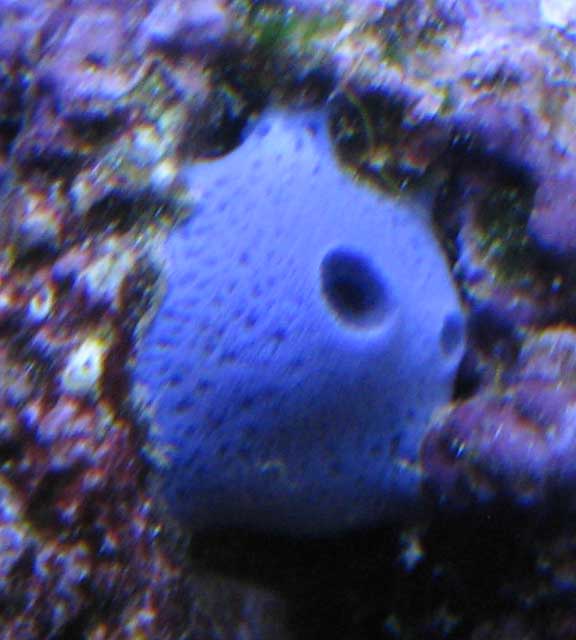
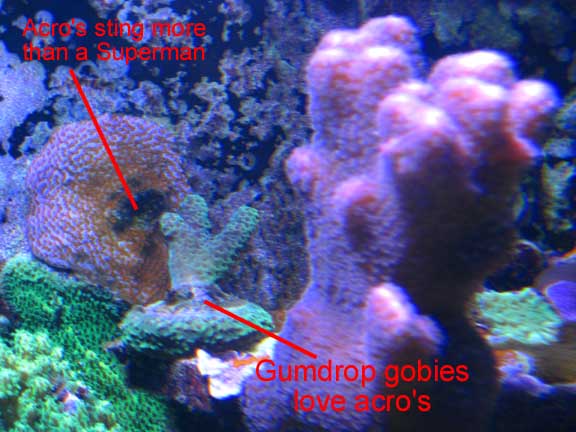
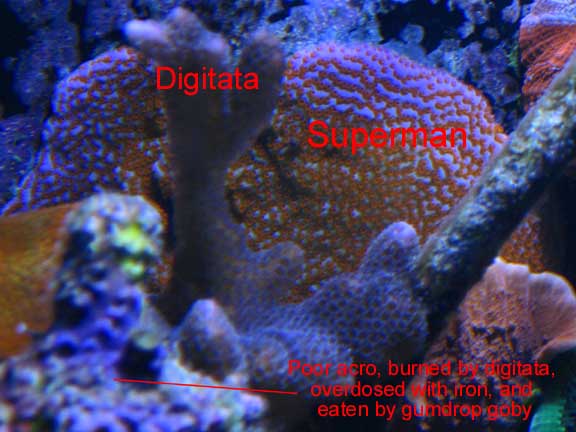
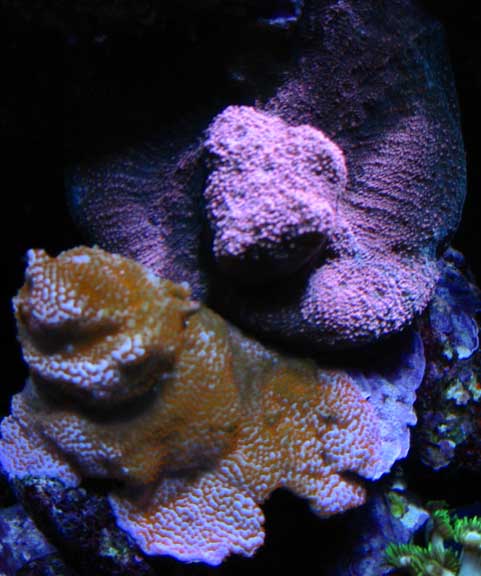
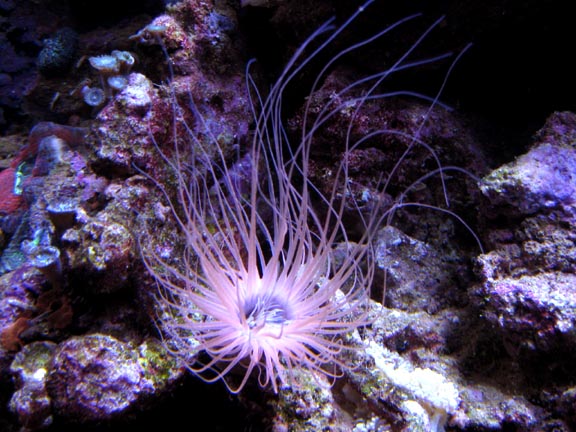
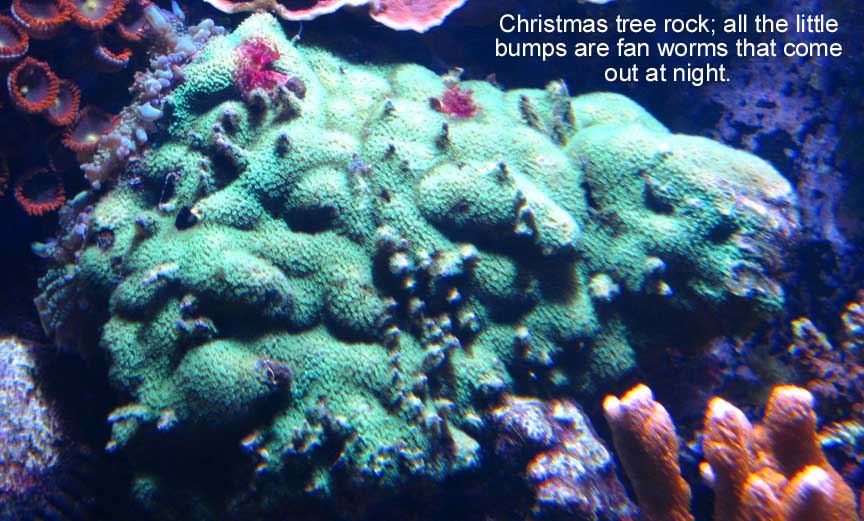
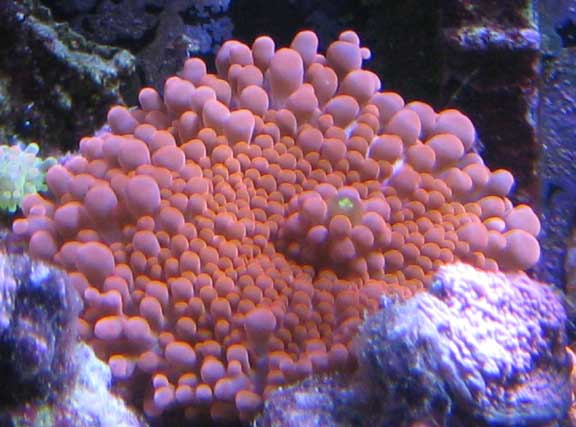
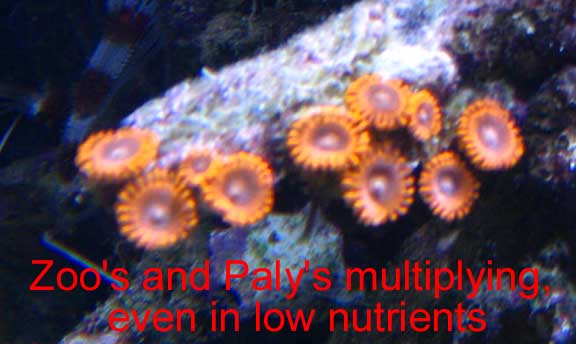
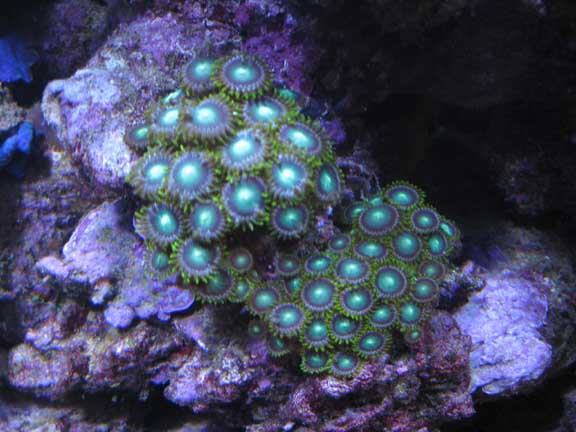
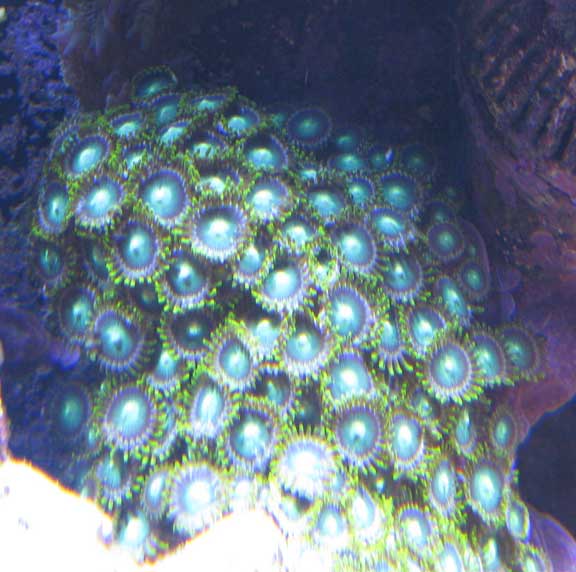
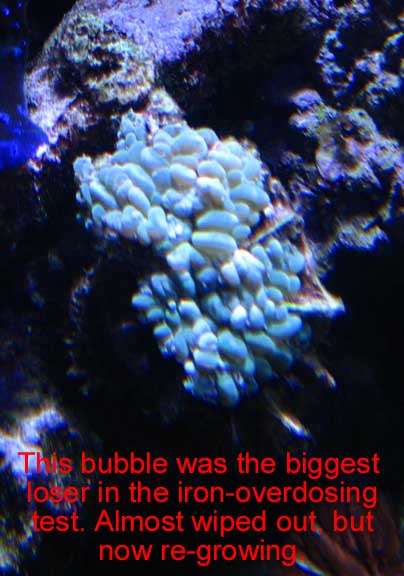
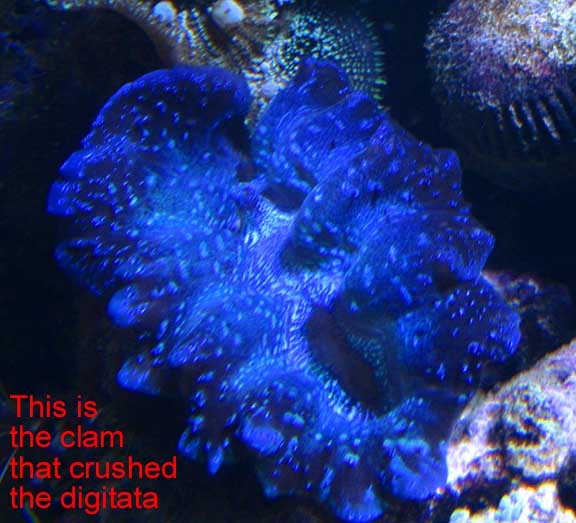
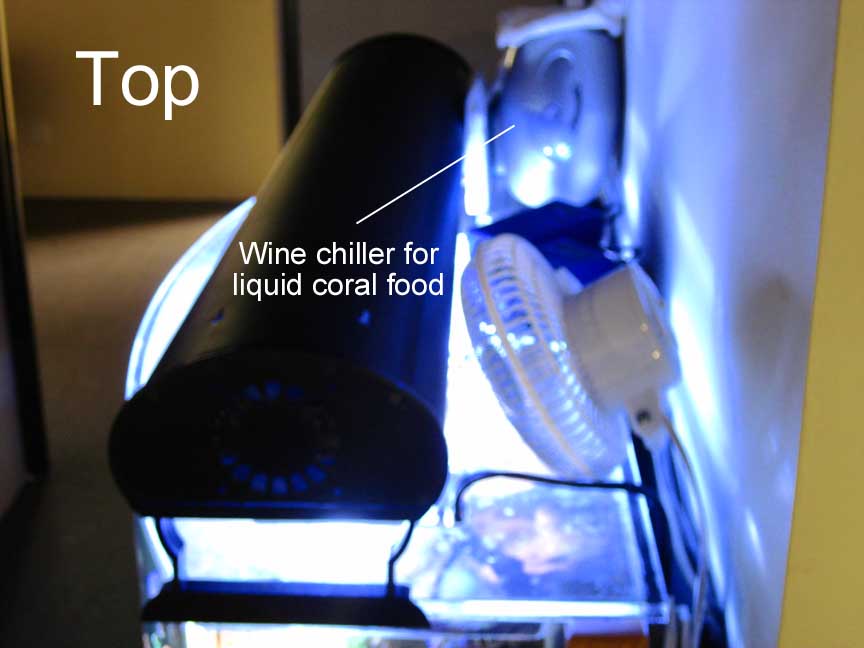
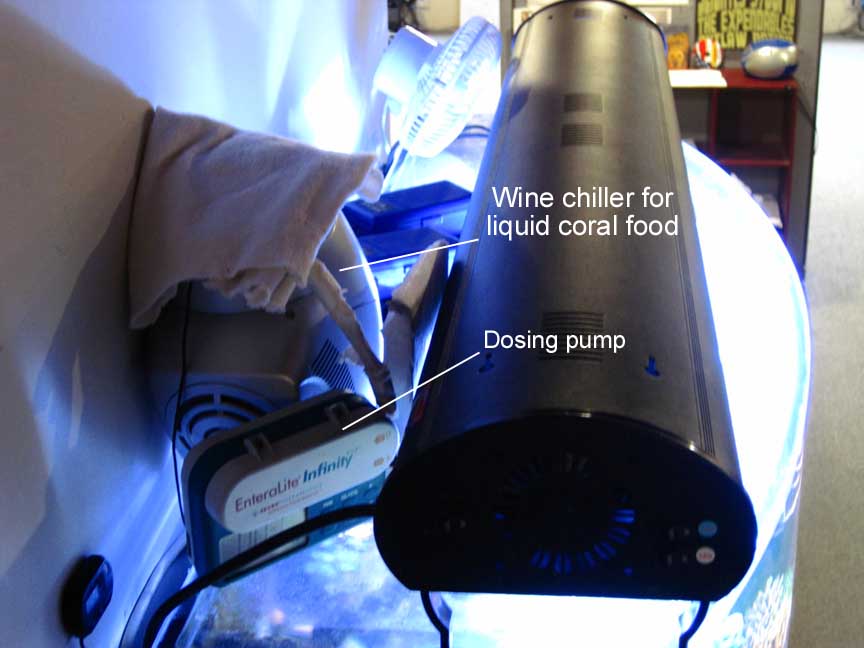
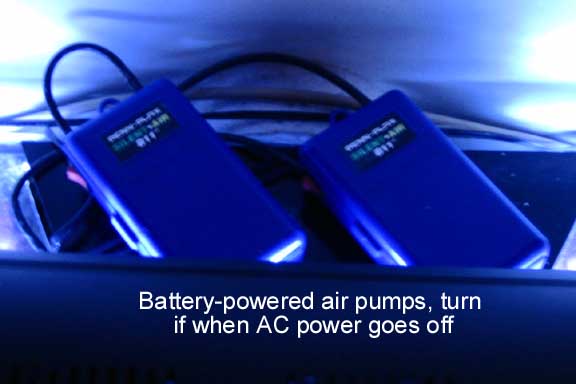

 Reply With Quote
Reply With Quote